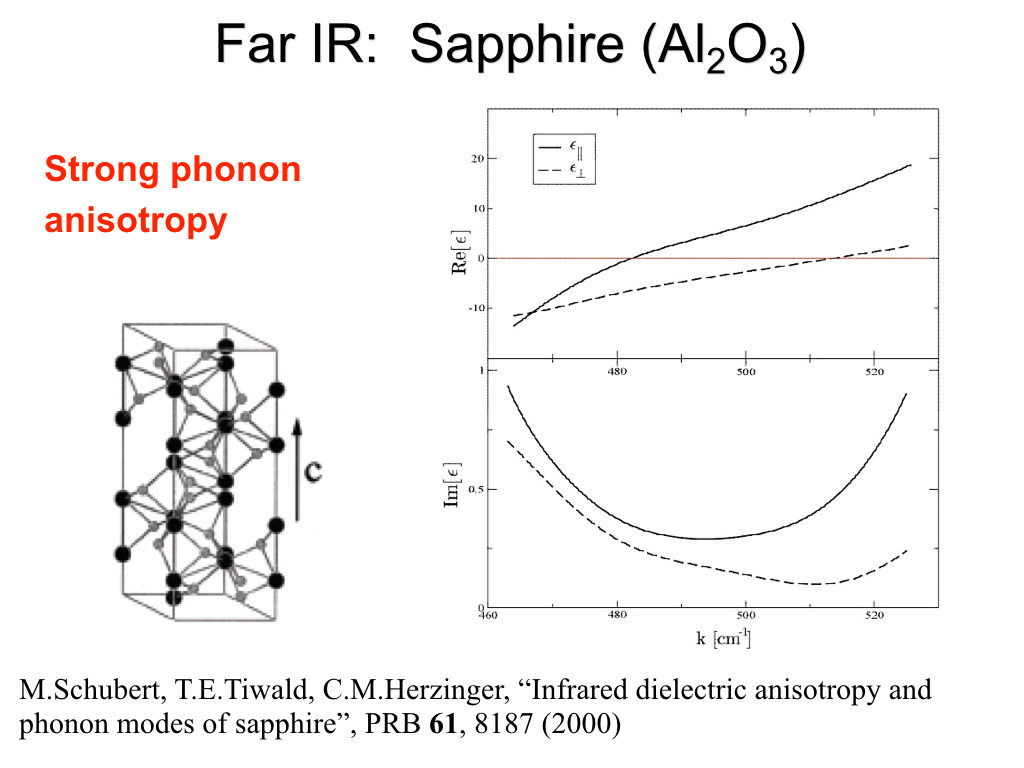

Glicksberg, Stone-Cech compactifications of products, Trans. In the proof we used some imbedding techniques developed in and a theorem of Tamano onĬH. With the aid of CH we were able to show that for X separable,ĢX normal implies t h a t X is compact. Is a separable space Y which is noncompact such that 2Y is also normal. If there is a noncompact space X such t h a t 2X is normal, then there Using the proposition we were able to show that To obtain it, it was necessary to assume CH. The next theorem is our strongest result. If X is a k-space, then 2X normal implies that X is The lemma together with the proposition gives us the nextĢ. &-space and Y is countably compact, then X X Y is countably compact. If X is a countably compact k-space, then Xn is countablyĪctually, a more general result is true. Then the proposition immediately gives us t h a t 2 X normal implies X I t is not known whether X normal and countably compact implies Hyperspaces, finite topology, Vietoris topology, exponential topolog y, normality, symmetric product spaces, pseudocompactness, Stone-CechĬompactification, compactification of symmetric products.

If in addition X is not compact, then there is an n such that XnĪ MS Subject Classifications. If 2X is normal, then X is countably compact and This result plays an important role in our study of the normalityĢ. = ïïn((iX) if and only if $n(X) is pseudocompact if and only if Xn is X completely regular, there is a corresponding result for &n(X). 371] is that for n^2 and X completely regular, P(Xn) = ((3X)n ifĪnd only if Xn is pseudocompact. Let $n(X) be the subset of 2 X consisting of those subsets of X having cardinality at most n. The purpose of this announcement is to indicate that,Īssuming CH (the continuum hypothesis), 2X normal implies that Xġ. In the author has shown that 2 2 is normal if and only The converse true? Ivanova has shown in that if X is a well ordered space with the order topology, then 2X normal implies that X That 2X is normal if X is compact for then 2X is compact Hausdorff. T h a t 2X is regular if and only if 2X is completely regular if and only if Vietoris topology and 2X is known as the hyperspace of X. This topology is also known as the exponential or Space of all closed subsets of X with the finite topology [5, Definitionġ.7, p. Let I b e a Hausdorff topological space and 2X the

Uniqueness of the hyperspaces C (p, X) in the class of trees. Topology II Academic Press: New York, NY, USA, 1966. Marcel Dekker Inc.: New York, NY, USA, 1978.

Hyperspaces of Sets: A Text with Research Questions, 1st ed. Intervals of continua which are Hilbert cubes. On the hyperspace of subcontinua of a finite graph I. A lower bound theorem for centrally symmetric simplicial polytopes. Transitivity on minimum dominating sets of paths and cycles. Feedback vertex sets in cubic multigraphs. Descompositions of complete multigraphs into cycles of varying lenght. Continua with locally connected Whitney continua. Hyperspaces of generalized continua which are infinite cylinders. The authors declare no conflict of interest. Thus, we conclude that m = n and K is the desired tree.
Compactness of hyperspaces free#
Now, on the one hand, by Lemma 1, the cell H is free on the other hand, since H ⊆ A ∘, Lemma 1 (a) gives that H is not a free cell and, again, this is absurd.
Compactness of hyperspaces how to#
Hence, the tree K = B ∪ ⋃ t = 1 q J t ∪ ⋃ i = 1 s ⋃ j = 1 α i I i j has m terminal points and satisfies conditions (i) and (ii) and, by the only if part, we have already seen how to get a maximal free m-cell containing the above m-cell H. In this paper, we consider simple and connected graphs without cycles whose vertices are ramification or terminal vertices, that is, there are no vertices with exactly two neighbors. A cycle in G is a finite sequence of at least three consecutively adjacent vertices such that the first one and the last one are adjacent. G is connected if there is a path between any two vertices. A path between two vertices u and v of G is a finite sequence of consecutive adjacent vertices such that the first one is u and the last one is v. G is called simple if it contains no loops (a vertex adjacent to itself) and possesses at most one edge between any two vertices. A vertex of G is called a ramification vertex if it has three or more neighbors and a terminal vertex if it has exactly one neighbor. This fact is also expressed by saying that x and y are neighbors. Letting G be a graph, if two vertices x and y of G form an edge, we say that they are adjacent, and this is denoted by x ∼ y. A graph G, consisting of a set V ( G ), called the vertices of G and a set E ( G ) of unordered pairs of elements of V ( G ), called the edges of G.


 0 kommentar(er)
0 kommentar(er)
